 Each Spring, ITS is a stopping point for tours organized by the Workplace Learning Connection. These tours are generally comprised of junior high students who have chosen an ideal career/future path.
Each Spring, ITS is a stopping point for tours organized by the Workplace Learning Connection. These tours are generally comprised of junior high students who have chosen an ideal career/future path.
We start the hour-long session with a general overview of our business: how many people we employ, what type of skills/degrees are needed to work in the IT field, what type of work we actually do, and try to emphasize the “soft skills” and digital citizenship skills needed to succeed in our ever-changing world.
This year, we added hands-on opportunities for students to experience actual tickets and service requests from an ITS technician. The students were given the actual verbiage that we received from the client, given a machine with similar complaints, and given a Chromebook to help them with research. I circled the room to answer questions from students as they worked, and was thrilled with the troubleshooting and vocabulary I encountered.
One group of students had received a helpdesk ticked for a Windows machine frequently flashing a “memory dump” message and shutting down on its own. They began googling, and found a forum that recommended they perform a memory test and export the log files. They looked to me for an answer, and I compared their solution to the notes from our helpdesk technican. “Okay,” I said, “You performed the memory test and downloaded the logs. The logs reveal that you have a critical failure of your memory module.”
“Memory module!” The students exclaimed, “That’s the RAM! The RAM is bad!” The students credited their technology teacher with teaching them about the duties and specifications of the memory module, and set to work dismantling them machine to find the RAM.
Another group faced the task of determining why a machine would not boot into recovery mode. After googling and much discussion, they raised their hands and asked, “Is something wrong with one of the peripheral devices?” I praised their choice of vocabulary and asked where they had learned that word, and how they had reached that conclusion. They again acknowledged that their technology teacher had taught them about proper hardware names, and said that they noticed booting into recovery mode required special key presses. They wondered if the keyboard, a peripheral device, was not working and thus could not boot into recovery mode. They were correct; the keyboard was dead.
We end our session with a tour of the data center and a stop by the 3D printer to retrieve the goodies we had been printing during our session. This year, it was mustaches; also a prominent feature in the artwork on the thank you cards sent the following week by the students.
The groups of students we receive illustrate the growth and direction of many elementary and middle school curriculum and program offerings; the students are well-versed in technology terms, have good research and teamwork skills, and communicate their questions and excitement reflectively and maturely. We look forward to these tours, as they provide a glimpse into the skill sets of our future employees and a conversation regarding the technology needs of students and schools in general. As we support the technology needs of K-12 schools, we tune in to the apparent needs of the network, the machines and the staff; we rarely receive feedback from the students actually impacted by the technology decisions. Our tour opportunities are not only fun, they provide great insight.
